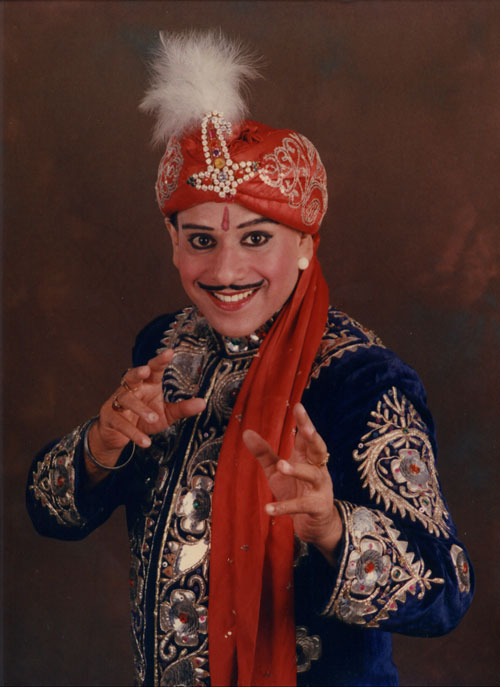|
THE SORCARS – Nine Generations of MAGIC!
By
Priyanka & Partha Mukherjee

Almost 400 years ago a wandering
Yoga-Siddha (one who attains control
over the physical and metaphysical through the mastery of
Yoga)
held the Mughal Emperor
Jahangir in awe and wonder by his amazing magical
feats at the emperor’s court. The astounded Emperor, a connoisseur of all
arts and culture, gifted him the
Sarkari
(as the landlords of yore were referred to) of Sutigram village near Dhaka.
The name of the “miracle-man” was Krishna Chandra Dev. In appreciation of
the emperor’s grand gesture, Krishna Chandra added
Sarkar
to his title and became Krishna Chandra Dev Sarkar. And the saga of the
illustrious Sorcar family began. “The gene of Magic is in our blood,” says
Prodip Chandra Sorcar, recognized the world over as Magician P. C. Sorcar
Junior, the eighth generation in the Sorcar family of magicians.
Over
time, the Sarkars and sorcery became synonymous with one another. While
Krishna Chandra gained popularity as one of the pioneers of
Bangal Ka
Jadu, his descendants forwarded the
Gharana – captivating spectators with
their unique brand of Indian Magic – from royal courts to the parlours of
the eminent personalities to local festivals to street shows. Magic had
become their way of life.
It
carried on this way for some generations until Atmaram Sarkar, magician,
visionary and philanthropist, took up the cause of enlightening the masses
on the indelible truth behind the art of sorcery – that all magic is
performed with the help of science; that there is no hocus pocus involved as
many people would have you believe. Atmaram took the cudgel against
superstition; consequently, he also made powerful enemies. There were too
many who were milking the impressionable masses off their religious
sentiments and psychological weaknesses. His detractors started spreading
rumours
about Atmaram’s alleged connection with the dark arts, that he performed his
wizardry by calling upon unearthly spirits, forcing them to carry his
bidding. The village folk were instantly enamoured of the incredible
stories. They, who stood to strike down the popularity of Atmaram as a
social reformer, immediately took up the golden opportunity, smashed his
head in the dark of the night and then declared his death to be the result
of the fury of those phantoms the magician had conjured up. Even today, the
legend of Atmaram and his spine-chilling fate lives on in the “magical”
chants of the
Madaris
(traditional street magicians of
India) –
“Ja
bhoot, tu ja. Atmaram ka matha kha!”
Read the entire article in the print edition
of The South Asian Life & Times
subscribe@the-south-asian.com
|
